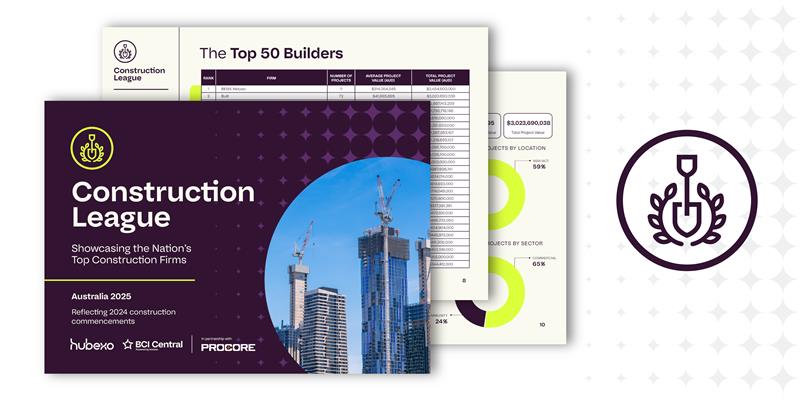- Rumah
- >
- Specification in Construction: Everything You Need to Know
Specification in Construction: Everything You Need to Know

A specification in construction is a detailed description of the quality, standards, materials and completion of work to be carried out on a building project. Usually prepared by architects, engineers and specifiers, specifications may be published as part of the contractual documentation for building contractors, and later form part of the handover information.
Specification in design and architecture plays a key role in project fulfilment. Not only does it facilitate the exchange of information between client, designer and contractor, but having accurate and up-to-date building information across a project timeline can protect stakeholders from risk. As projects become more complex, it is crucial that everyone has the same basis of project requirements, making specification essential.
When are Specifications Written?
Specifications are developed out of the design brief in the early stages of a project—in the Concept and Design & Documentation stages. An early-stage specification forms part of the review with the client about what they are looking to achieve and provides an understanding of the performance requirements of the whole project.
Traditionally, specifications were one of the last items written before a package was issued for tender. Now that specification writing is happening earlier in a project’s lifecycle, product suppliers need to be involved as early as possible if they want the opportunity to influence design specifiers’ (architects, interior designers, landscape architects and engineers) product choices.
Types of Specification in Construction
For a more in-depth discussion on this topic, head on over to our article about the Types of Specification.
Different types of specification can be used at different project stages. The three main types of specification in construction include:
- Performance specification
- Prescriptive specification
- Proprietary specification
In early project stages, the requirements of the building, systems and products can be captured in a performance specification. This may include acoustic, thermal or structural requirements.
Prescriptive clauses specify the standards, grades and materials of component products, while proprietary specification includes exact information like product range names, reference codes, and key properties selected from manufacturer choices.
Importance of Specification
Specifications in construction establish consistent expectations; they contribute to the overall organisation and success of a building project by making sure everyone is on the same page. And the more detail that is included, the more accurate the construction will be.
Specifications are important because they:
- Provide clear instructions on the intent, performance and construction of a project
- Reference the quality and standards to be applied
- Clearly define the materials and manufacturers’ products
- Identify requirements for installation, testing and handover
Conclusion
Specification plays a critical role in the building and construction industry. By defining the standards to be applied, materials to be used and the performance of a project, specifications guide the construction and completion of projects.
If you’re a supplier looking to get your product specified, BCI’s LeadManager can help you identify the key decision makers involved in a project and the exact time to reach out to them in the project’s lifecycle.
Interested in learning more about specification? Check out some of our other resources on the different types, the influences on, and how to write specifications!






